Rising Crime Rates
The increasing incidence of crime in various regions appears to be a primary driver for the Home Security Camera Market. As individuals and businesses seek to protect their properties, the demand for security cameras has surged. According to recent statistics, property crime rates have shown a notable rise, prompting consumers to invest in surveillance solutions. This trend is likely to continue, as safety concerns remain paramount. The Home Security Camera Market is thus experiencing a robust growth trajectory, with projections indicating a compound annual growth rate of approximately 10% over the next few years. This heightened awareness of security needs is expected to drive innovation and competition among manufacturers, further enhancing the market landscape.
Technological Advancements
Technological innovations are significantly shaping the Home Security Camera Market. The integration of features such as high-definition video, night vision, and motion detection has made security cameras more appealing to consumers. Furthermore, the advent of artificial intelligence and machine learning capabilities allows for advanced analytics, enabling users to receive real-time alerts and insights. Market data suggests that the adoption of smart home technology is on the rise, with a substantial percentage of households incorporating smart devices. This trend is likely to bolster the Home Security Camera Market, as consumers increasingly seek interconnected systems that enhance their overall security experience.
Regulatory Support and Incentives
Government initiatives aimed at enhancing public safety are likely to influence the Home Security Camera Market positively. Various jurisdictions are implementing regulations that encourage the installation of security systems in residential and commercial properties. Additionally, some governments offer financial incentives or tax breaks for individuals who invest in home security solutions. This regulatory support not only promotes the adoption of security cameras but also fosters a favorable environment for manufacturers. As a result, the Home Security Camera Market may experience accelerated growth, driven by both consumer demand and supportive policies that facilitate access to advanced security technologies.
Increased Awareness of Home Security
There is a growing awareness among consumers regarding the importance of home security, which serves as a significant driver for the Home Security Camera Market. Educational campaigns and media coverage highlighting the benefits of surveillance systems have contributed to this heightened consciousness. As a result, more households are recognizing the value of investing in security cameras to deter potential threats. Market analysis indicates that this trend is likely to persist, with an increasing number of consumers prioritizing safety in their purchasing decisions. The Home Security Camera Market is thus positioned to benefit from this shift in consumer mindset, leading to sustained growth in demand.
Shift Towards DIY Security Solutions
The trend towards do-it-yourself (DIY) security solutions is emerging as a notable driver for the Home Security Camera Market. Consumers are increasingly inclined to install their own security systems, motivated by the desire for cost savings and greater control over their security measures. This shift is supported by the availability of user-friendly products that do not require professional installation. Market data indicates that the DIY segment is expanding rapidly, appealing particularly to tech-savvy individuals. Consequently, the Home Security Camera Market is likely to adapt to this trend, offering a range of products that cater to the preferences of DIY consumers, thereby enhancing market competitiveness.
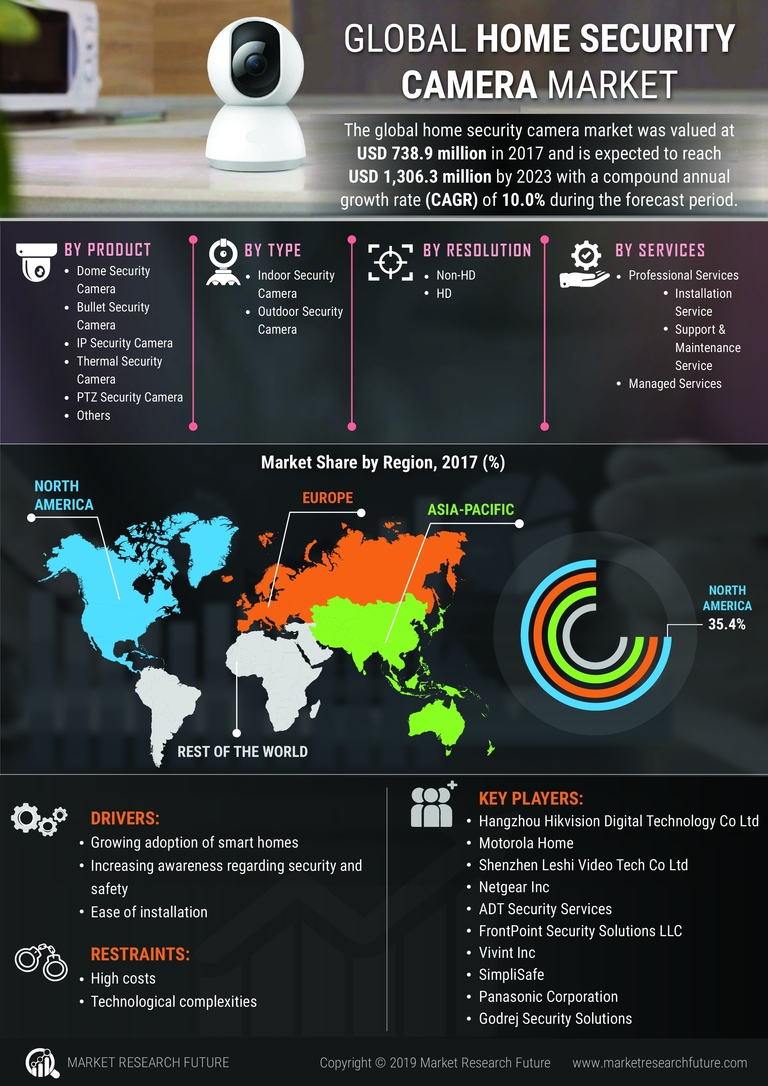

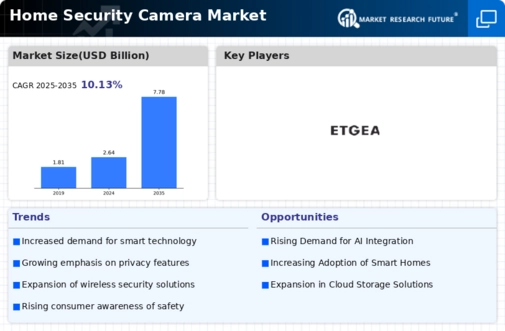
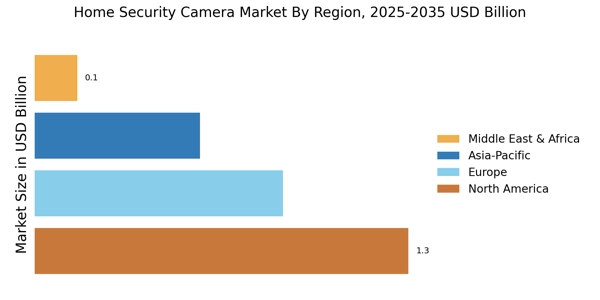
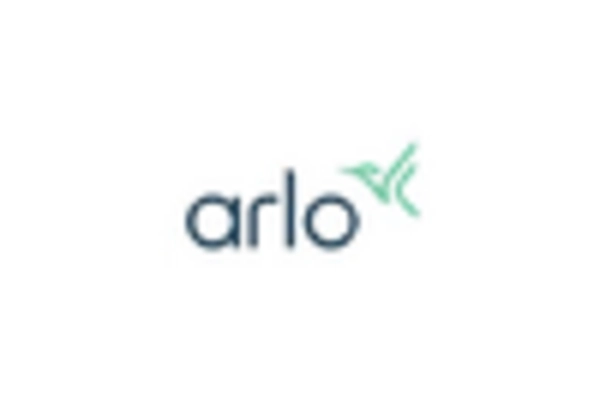
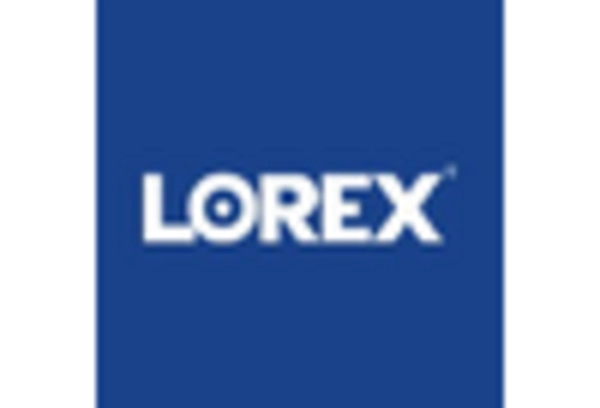
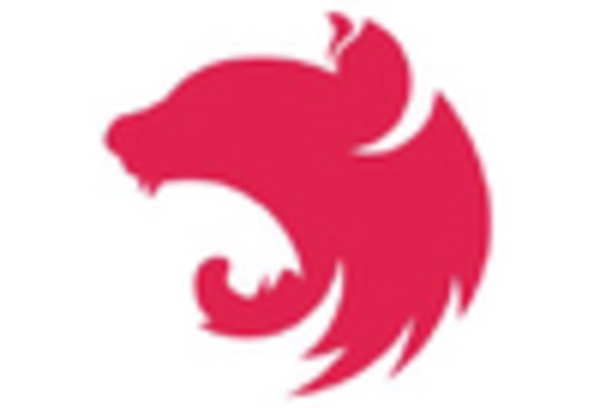
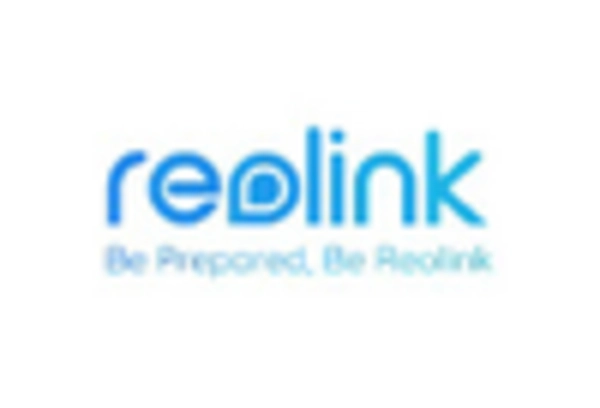
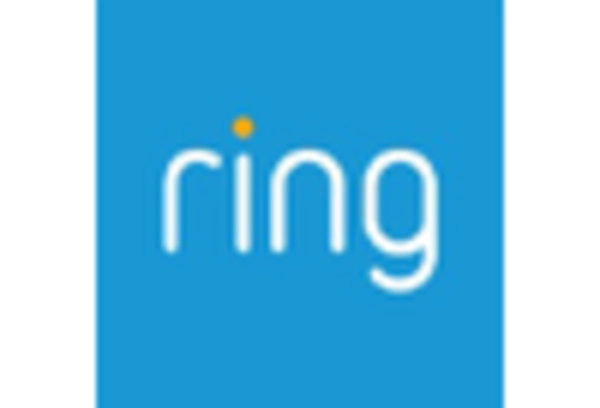
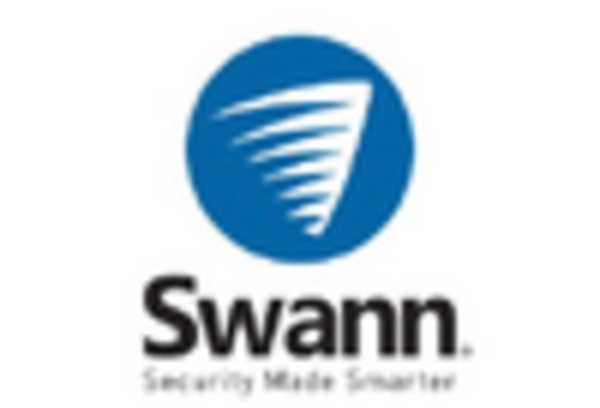








Leave a Comment